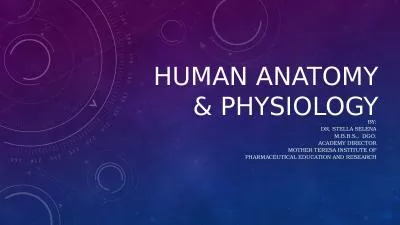PPT-Honors anatomy & physiology
Author : pamella-moone | Published Date : 2020-04-10
The reproductive system Part 3 The Menstrual Cycle amp Pregnancy Female Reproductive Cycle 2 parts Ovarian Cycle series of events in ovaries occurring during amp
Presentation Embed Code
Download Presentation
Download Presentation The PPT/PDF document " Honors anatomy & physiology" is the property of its rightful owner. Permission is granted to download and print the materials on this website for personal, non-commercial use only, and to display it on your personal computer provided you do not modify the materials and that you retain all copyright notices contained in the materials. By downloading content from our website, you accept the terms of this agreement.
Honors anatomy & physiology: Transcript
Download Rules Of Document
" Honors anatomy & physiology"The content belongs to its owner. You may download and print it for personal use, without modification, and keep all copyright notices. By downloading, you agree to these terms.
Related Documents

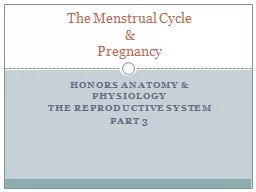


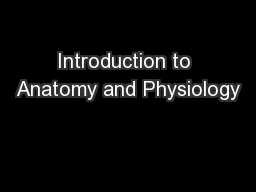

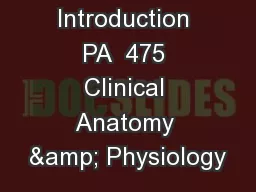

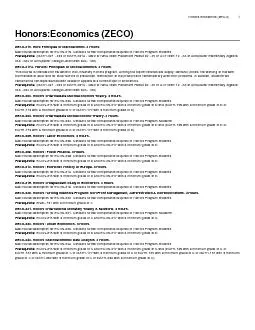
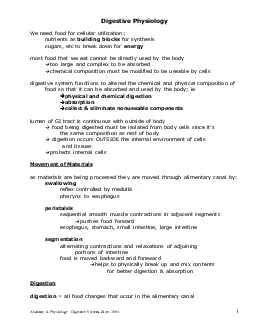
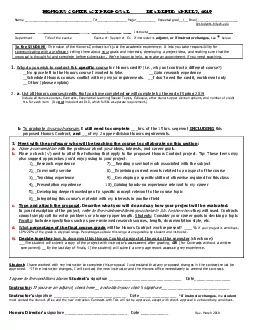
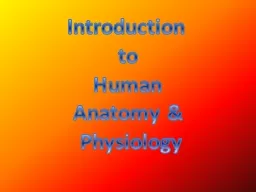
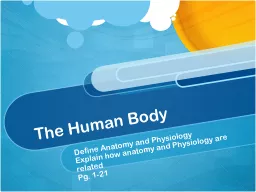
![[EBOOK] Anatomy Physiology Made Easy: An Illustrated Study Guide for Students To Easily](https://thumbs.docslides.com/1005765/ebook-anatomy-physiology-made-easy-an-illustrated-study-guide-for-students-to-easily-learn-anatomy-and-physiology.jpg)
